 ARLINGTON, VA – In response to a World Trade Organization (WTO) decision today announcing that Canada and Mexico are authorized to apply a total of over $1 billion in retaliatory tariffs to U.S. exports, dairy producers and exporters renewed their call for Congress to take swift action to eliminate the threat to dairy exports.
ARLINGTON, VA – In response to a World Trade Organization (WTO) decision today announcing that Canada and Mexico are authorized to apply a total of over $1 billion in retaliatory tariffs to U.S. exports, dairy producers and exporters renewed their call for Congress to take swift action to eliminate the threat to dairy exports.
“The WTO decision makes it crystal clear that Congress must act immediately to prevent retaliation against the U.S. dairy industry and others whose products could be targeted by Canada and Mexico,” said NMPF President and CEO Jim Mulhern. “At a time of overall softening in the U.S. farm economy due to a drop-off in export demand, we cannot afford further erosion in income resulting from the unnecessary loss of markets that would result from the WTO sanctions.”
The WTO decision establishes the level of retaliation tariffs that Canada and Mexico will shortly be given final authorization to levy against a wide range of U.S. exports due to a WTO finding that parts of the U.S. country-of-origin labeling law violate international trade rules. U.S. dairy products are expected to be among the mix of items targeted for retaliation.
In anticipation of today’s announcement, the National Milk Producers Federation and the U.S. Dairy Export Council last week urged House and Senate leaders to head off the prospect of damaging new tariffs hitting dairy exports to Canada and Mexico. The groups’ letter asked Congress to include a legislative resolution for the COOL dispute in the massive year-end spending bill that has been under negotiation on Capitol Hill.
 At this stage, after one more perfunctory approval step, the two countries could activate their tariff penalties as early as this month.
At this stage, after one more perfunctory approval step, the two countries could activate their tariff penalties as early as this month.
“Retaliatory tariffs would back up exports further onto the U.S. market during a time of overly abundant milk supplies,” added USDEC President Tom Suber. “U.S. dairy producers and processors cannot lose this chance to avoid considerable damage to the export markets they have invested so heavily in developing in recent years.”
“Retaliation against American dairy products would come at a particularly harmful time for our industry given the depressed global dairy market,” said Mulhern. “Multiple cooperatives have already faced an oversupply of milk this year.”
Canada and Mexico are two of the largest U.S. export markets. Together, they import more than $2 billion in U.S. dairy products annually.
###
The National Milk Producers Federation, based in Arlington, Va., develops and carries out policies that advance the well-being of U.S. dairy producers and the cooperatives they collectively own. The members of NMPF’s cooperatives produce the majority of the U.S, milk supply, making NMPF the voice of nearly 32,000 dairy producers on Capitol Hill and with government agencies. For more on NMPF’s activities, visit www.nmpf.org.
The U.S. Dairy Export Council is a non-profit, independent membership organization that represents the global trade interests of U.S. dairy producers, proprietary processors and cooperatives, ingredient suppliers and export traders. Its mission is to enhance U.S. global competitiveness and assist the U.S. industry to increase its global dairy ingredient sales and exports of U.S. dairy products. USDEC accomplishes this through programs in market development that build global demand for U.S. dairy products, resolve market access barriers and advance industry trade policy goals. USDEC is supported by staff across the United States and overseas in Mexico, South America, Asia, Middle East and Europe. The U.S. Dairy Export Council prohibits discrimination on the basis of age, disability, national origin, race, color, religion, creed, gender, sexual orientation, political beliefs, marital status, military status, and arrest or conviction record. www.usdec.org.

 The highway transportation bill signed by President Obama last Friday includes a provision allowing milk trucks in some states to carry more dairy products without unloading some of their shipment at state borders – a development that will benefit dairy farmers and cooperatives.
The highway transportation bill signed by President Obama last Friday includes a provision allowing milk trucks in some states to carry more dairy products without unloading some of their shipment at state borders – a development that will benefit dairy farmers and cooperatives.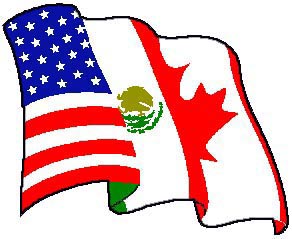 With the World Trade Organization announcing today that Canada and Mexico can slap $1 billion in new tariffs against U.S. exports, NMPF is pushing Congress to fix the country-of-origin labeling law for meat as soon as possible. The WTO said Monday morning that Canada may impose retaliatory tariffs of up $782 million, and Mexico may enforce $228 million in tariffs, on imported U.S. products to recoup damages caused by U.S. country-of-origin labeling rules for meat.
With the World Trade Organization announcing today that Canada and Mexico can slap $1 billion in new tariffs against U.S. exports, NMPF is pushing Congress to fix the country-of-origin labeling law for meat as soon as possible. The WTO said Monday morning that Canada may impose retaliatory tariffs of up $782 million, and Mexico may enforce $228 million in tariffs, on imported U.S. products to recoup damages caused by U.S. country-of-origin labeling rules for meat.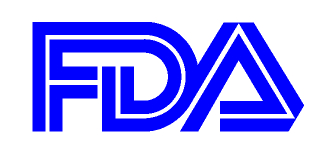 The conversation over genetically modified organisms flared up at the end of November, when the FDA made several big announcements on the issue. Most notably, it rejected a consumer activist petition seeking mandatory labeling of foods made with genetically modified ingredients, and then released its own recommendations on the voluntary labeling of GMO foods.
The conversation over genetically modified organisms flared up at the end of November, when the FDA made several big announcements on the issue. Most notably, it rejected a consumer activist petition seeking mandatory labeling of foods made with genetically modified ingredients, and then released its own recommendations on the voluntary labeling of GMO foods.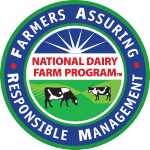 NMPF is looking for feedback on the third update to its reference manual from those participating in the National Dairy FARM (Farmers Assuring Responsible Management) Program. Open to all dairy farmers, co-ops and processors, the
NMPF is looking for feedback on the third update to its reference manual from those participating in the National Dairy FARM (Farmers Assuring Responsible Management) Program. Open to all dairy farmers, co-ops and processors, the 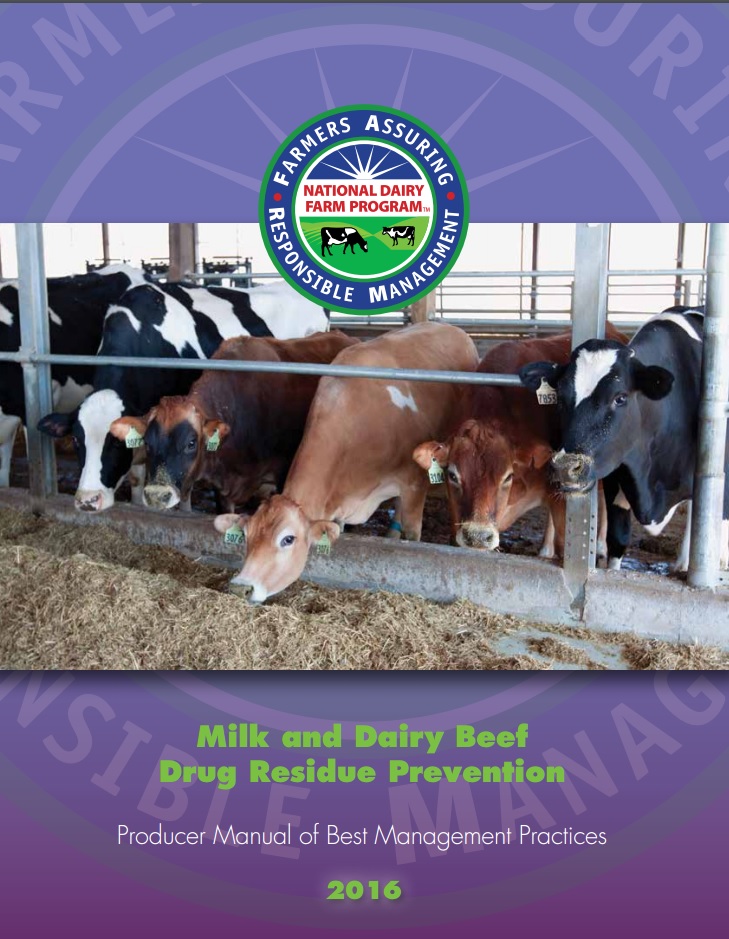 In honor of the first national Antibiotic Awareness Week, NMPF’s FARM Program participated in a social media drive to educate farmers and consumers on the proper use of antibiotics in animals. It also released an updated manual on drug residue prevention.
In honor of the first national Antibiotic Awareness Week, NMPF’s FARM Program participated in a social media drive to educate farmers and consumers on the proper use of antibiotics in animals. It also released an updated manual on drug residue prevention.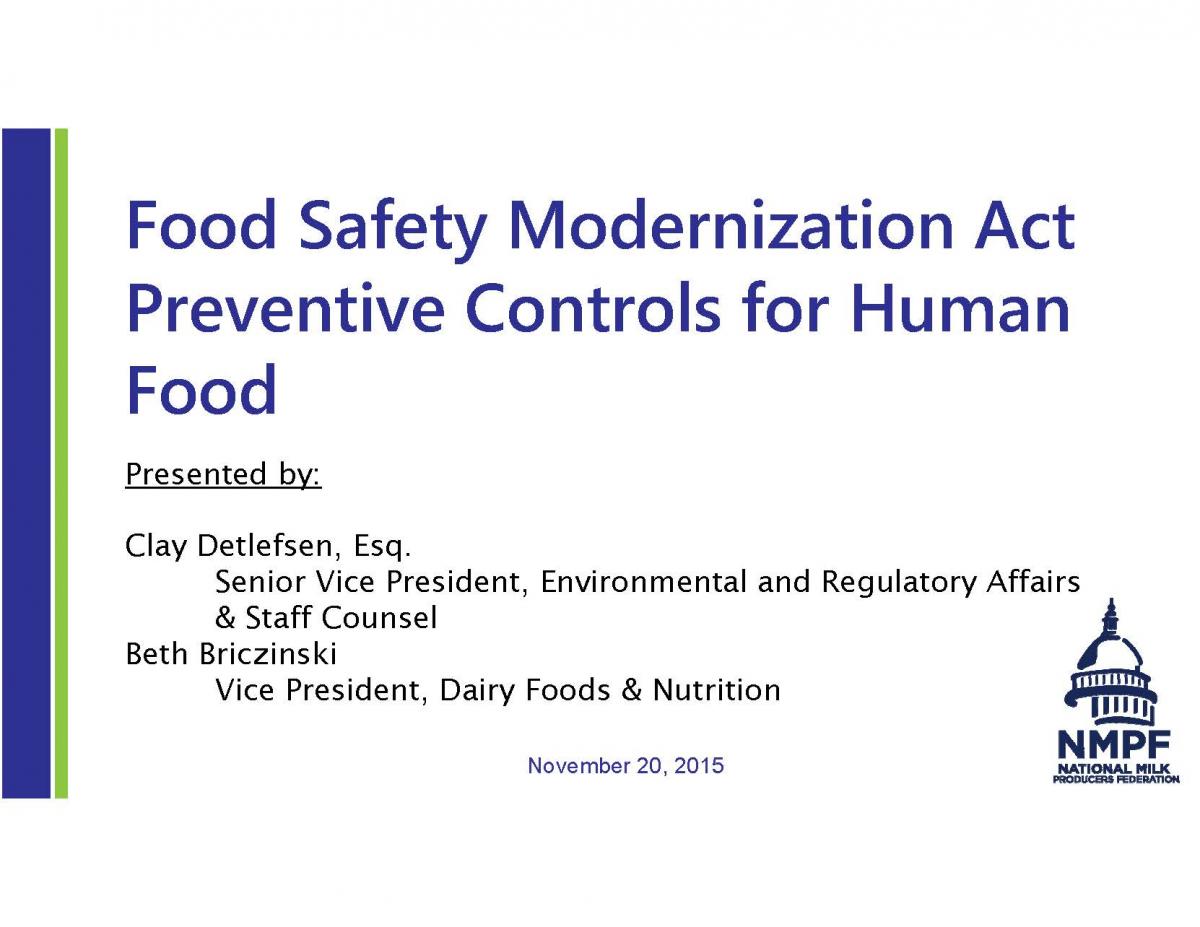 On Nov. 20, NMPF conducted its first Food Safety Modernization Act (FSMA) webinar. Clay Detlefsen, Senior Vice President of Regulatory & Environmental Affairs, and Beth Briczinski, Vice President of Dairy Foods & Nutrition, presented on the Preventive Controls for Human Food (PCHF) rule — the most significant of the seven major FSMA rules.
On Nov. 20, NMPF conducted its first Food Safety Modernization Act (FSMA) webinar. Clay Detlefsen, Senior Vice President of Regulatory & Environmental Affairs, and Beth Briczinski, Vice President of Dairy Foods & Nutrition, presented on the Preventive Controls for Human Food (PCHF) rule — the most significant of the seven major FSMA rules.



